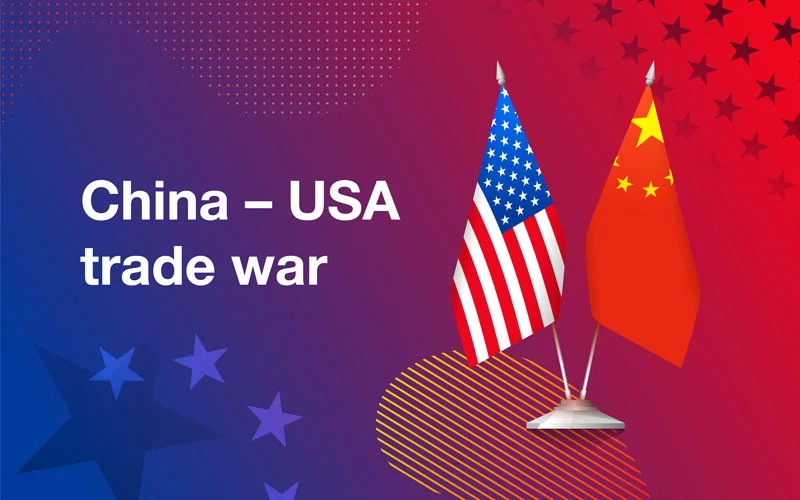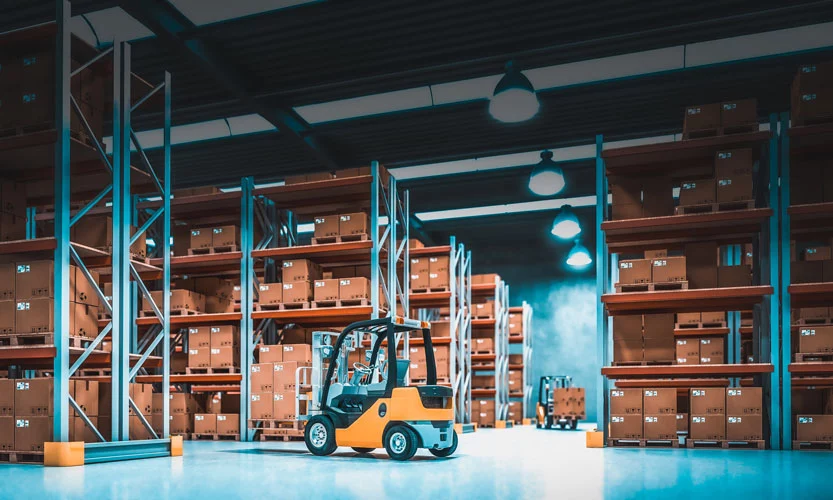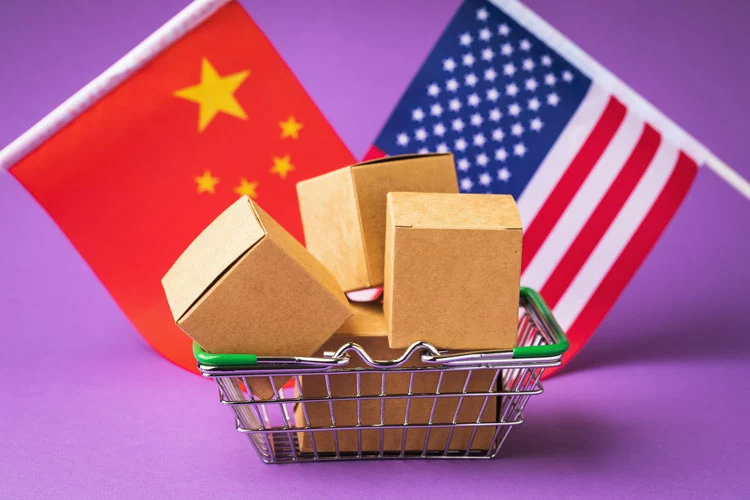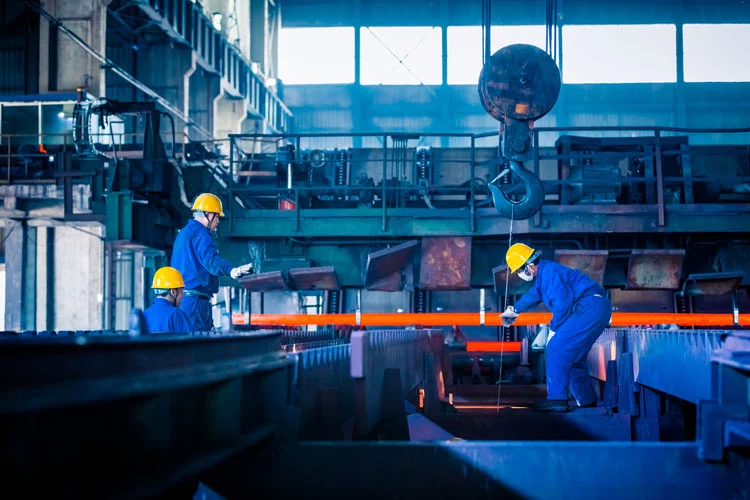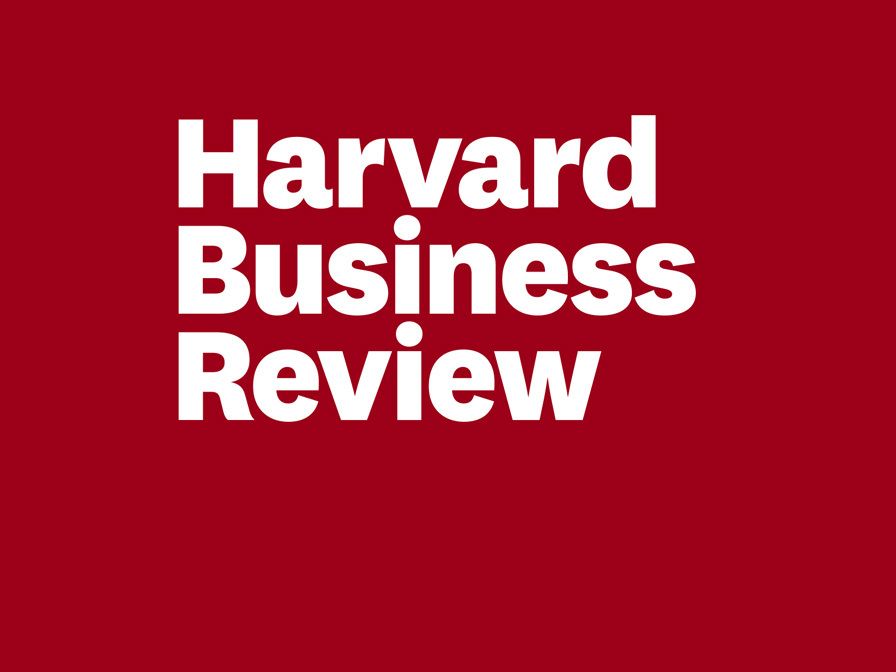Fiber Optic Polishing
The fiber optic polishing process removes any excess epoxy or fiber stub left after cleaving, shapes the ferrule, and removes scratches in the glass, enabling an end finish that passes optical signals with minimum loss. It affects two types of optical loss: insertion loss and return loss.
Insertion Loss

Insertion loss is the amount of energy that a signal loses as it travels along with a cable link. It is a natural phenomenon that occurs for any type of transmission, whether it’s electricity or data.
Pre-polished connectors offer a quick and reliable alternative to unpolished connectors for horizontal and backbone termination applications. With good installation practices and attention to detail, installers can expect high termination yields and low insertion loss values.
Return Loss
Return loss is a measure of reflected light. Whenever light encounters a change in the refractive index of the material through which it is propagating, a portion of the light is reflected back toward the optical fibers.
Some of this reflected light can interfere with the proper operation of light sources, especially lasers. Because of its small core size, a single-mode fiber connection requires a high return loss to limit the amount of reflected energy.
Polishing surface area removes any excess epoxy or fiber stub from the fiber connector left after cleaving, shapes the ferrule, and removes scratches in the glass, enabling an end finish that passes optical signals with minimum return loss.
Fiber Optic Connectors
Most fiber optic connectors are plugs or so-called male connectors with a protruding ferrule that holds the fibers and aligns fibers for mating. They use a mating adapter to mate the two connector ferrules that fits the securing mechanism of the connectors (bayonet, screw-on, or snap-in.) The ferrule design is also useful as it can be used to connect directly to active devices like LEDs, VCSELs, and detectors.
Polishing Process

Polishing the fiber/ferrule end faces of a fiber-optic connector critically influences optical performance and is highly susceptible to error. Yet the polishing process is neither difficult nor mysterious. Other steps in the connector termination procedure, such as crimping, involve mechanically securing the fiber in the connector.
As the final step, polishing machines prepare the fiber optically to ensure that defects and nonuniformities in the fiber/ferrule end faces or geometry do not degrade the passage of light across the connector joint.
Singlemode Polishing
Singlemode fiber polishing is a multistage process that begins with a quick, coarse polish and ends with a final polish in a slurry. Different polishing materials are involved in each step. In most cases, a single mode fiber connector uses epoxy to hold the fiber within the ferrule. A six-step process ensures the proper techniques for polishing a single-mode fiber-optic connector.
Step one:
The first step consists of a quick hand polish with medium pressure applied using a coarse polishing film. This step removes the fiber stub and levels the protruding material (including a glass plate or epoxy) close to the ferrule.
Step two:
The second step requires a 5-micron aluminum-oxide film. Hand-applying the lapping film gently across the four corners of the fiber end face removes the epoxy down flush with a ceramic ferrule. However, this action could remove some ceramic material as well.
Step three:
In the third step, a medium-grit diamond film is used to begin shaping the fiber/ferrule end faces. Unlike aluminum oxide, the diamond film treats ceramic and glass materials similarly. This shaping minimizes undercut so that the fiber recedes only slightly into the ferrule. Because the main purpose of this step is shaping, it usually leaves visible scratches on the fiber end face.
Step four:

To remove scratches and achieve a smooth surface, a fine-grit diamond film is used next in step four. In terms of insertion loss, the finish should be acceptable at this point.
However, to obtain a high-return loss of at least -45 dB, we strongly recommend a fifth or finish step because of the altered-index layer on the fiber connectors.
During abrasive polishing, a small layer on the end of the fiber pads become altered so that its refractive index changes. This change increases reflections, producing a lower return loss, and the fifth step of the slurry polishing film is needed to remove the altered layer.
Step five:
The fifth step uses a special polishing film, which contains a top layer of the polishing slurry. Typically used while being suspended in distilled water, the slurry has both a lubricating and chemical effect on the fiber during hand application to change the refractive index back to its original value.
Step six:
The last step involves inspection. The use of a hand microscope determines polishing acceptance or nonacceptance.
Rubber Polishing Pad
Rubber pads play a critical role in polish results and are often overlooked.
Having a consistent hardness across the surface of the rubber pad is necessary for producing consistent polishing results. Rubber hardness will change over time, so rubber pads always need to be replaced periodically (annually, at minimum).
When your radius values are under control, another key geometry parameter is your Apex. This reflects the angle of the polished end-face.
If the Apex values are too large, this means your ferrules are being polished at an angle that is too large. All other conditions being equal, a smaller Radius value will generally result in a better Apex value.
If you’re already dialed in on desired Radius values and the Apex values remain unacceptable, the cause is likely related to worn polishing fixtures or worn rubber pads. In both cases, the only fix is to replace the worn fixture or rubber pad.
Fiber Optic Polishing with BF&S

Get fiber optic polishing and assemblies through BF&S. BF&S offers a turn-key solution and is currently supplying fiber optic polishing and assemblies to our clients. Clients may be required to supply MI, prints, special equipment.
Founded in 1988, BF&S has decades of experience manufacturing in Mexico, with over 500 employees in the state of Sonora.
Our warehousing and corporate offices are located in Douglas and we are incorporated in the state of Arizona.
The BF&S executive team was born and raised in the United States and runs our organization with U.S management standards and practices.
Learn more by continuing to explore our website.

